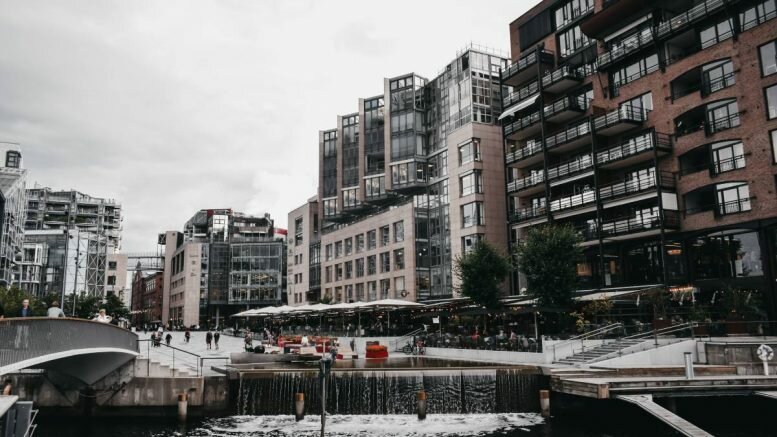Though further layoffs could be on the cards with the new restrictions coming in, Norway will bounce back and overcome the unemployment crisis with only 2.5% of jobless people by 2022, the financial services group Nordea forecasts.
If negative thoughts related to the unabated spread of the coronavirus, new lockdown restrictions, and the harsh upcoming winter crowd your mind, here’s a piece of good news.
According to the European financial services group Nordea, the Norwegian economy is already on the path to recovery.
The financial front will take its pre-COVID era shape in the next two years.
“We believe activity in the Norwegian economy will come back to its pre-COVID level during 2022,” Dane Cekov, an analyst at Macroeconomic Research at Nordea, told Norway Today in an exclusive interview.
Last week, Norway Today reported how unemployment has more than halved since the end of March.
Still, the Norwegian Labour and Welfare Administration (NAV) expects that it will take more than two years before unemployment returns to pre-crisis levels.
Gradual decline of unemployment
Cekov believes that unemployment will gradually decrease as economic activities slowly liven up in the next two to three years.
“As the economy continues to recover, unemployment will gradually decline further.
“We expect unemployment to fall below 3% next year and come around 2.5% at end-2022,” Cekov said.
Citing figures on Norway’s overall unemployment rate, he added that the latest figures from the Norwegian Labour and Welfare Administration (NAV) show that 99.400 people were registered as completely unemployed at the end of October, which constitutes 3.5% of the labor force.
Like other European economies, Norway, too, witnessed a sudden financial crisis and surge of unemployment during the summer.
The corona effect
The overall unemployment rate rose to a worrying 15.4% in early April, followed by the closure of parts of the economy, which triggered widespread layoffs and furloughs.
However, the unemployment rate fell to 9.6% in June, followed by 8.2% in July as more and more businesses relaunched operations.
Though Norway is now immersed in a new wave of measures introduced due to the pandemic’s second wave at the onset of winter, Cekov believes that things are better than the first quarter (Q1) of 2020.
“The new restrictions which have been introduced now are less stringent than the ones we had in Q1, so the reaction will be less severe,” Cekov said to Norway Today.
He added though sectors like airlines, hotels, tourism, and culture bear the brunt of the crisis.
On the other hand, the retail sector has performed remarkably well during the pandemic.
The bright side
On a positive note, the expert believes that the financial crisis and unemployment haven’t affected Norwegians’ investment behavior thanks to reliable welfare plans.
“Norway has solid welfare arrangements. Hence, higher unemployment has not affected consumer behaviour in aggregate.
“However, due to the pandemic and the containment measures, Norwegians have changed their behavior pattern in the direction of spending less on services and more on retail goods,” the expert said.
“Housing prices had solid growth so far this year and are up nearly 7% Y/Y. The rate cuts from Norges Bank have been the main driver behind higher housing prices, despite higher unemployment,” he added.
A spike in unemployment in November?
During March, unemployment increased sharply and rapidly from about 2% to above 10%, predominately because people were temporarily laid-off, the Nordea analyst noted.
“Businesses have again temporarily laid-off workers, and unemployment could therefore increase somewhat in November,” he concluded.
While recently addressing the Reykjavik Global Forum – Women Leaders 2020, Norwegian Prime Minister Erna Solberg underscored the importance of gender equality.
She stated that gender equality was “essential for a sustainable recovery” from the pandemic.
Solberg expressed concern over an “alarming increase” of poverty among women, a rising percentage of unintended pregnancies, and increased violence rates against women across the globe.
Source: Norway Today




Be the first to comment on "Norwegian economy to be back to pre-corona levels by 2022, Nordea expert says"